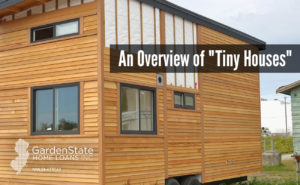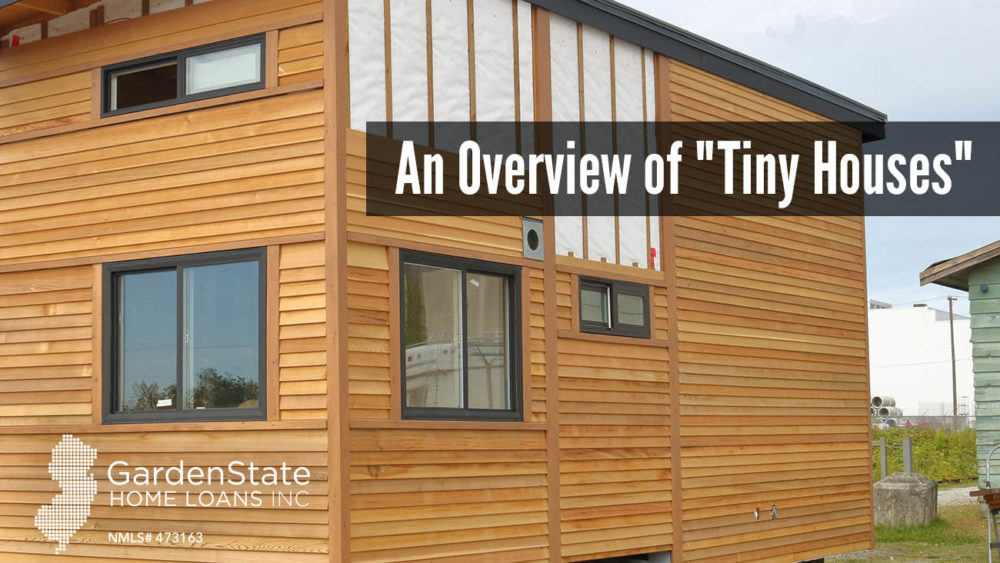 Tiny Houses
Tiny Houses
One of the newest trends sweeping the country is the tiny home movement. Tiny homes, typically under 500 square feet, focus on embracing the minimalist lifestyle as well as saving money, saving space, and decreasing harmful effects on the environment.
Tiny houses are becoming the new way of living. In the 1990s, tiny houses started to gain traction. According to USA Today, in 2016, there were an estimated 10,000 tiny houses in the United States. Tiny homes are becoming a popular housing option among those under the age of 35 as well as Baby Boomers. They are created in all different shapes and sizes. However, tiny homes still contain similar qualities of a normal size house. Before moving into a tiny home, consider all advantages and disadvantages of this new housing opportunity.
Advantages:
Using innovative ideas, homeowners can enjoy a simpler life in their new tiny home. Living in a tiny home lifestyle has a variety of benefits.
The average American spends a third or more of their income on their home. In contrast, tiny homes do not have a mortgage. Lenders do not typically grant loans for tiny homes, thus eliminating mortgage loans and future home debt. Smaller homes may result in less home-related financial concerns.
Another advantage of enjoying a tiny home is the ability to have a mobile home. Many tiny houses are built on truck beds, giving more moving flexibility for long road trips. Furthermore, having a tiny home on wheels provides an escape plan during natural disasters.
Some deem tiny houses as a luxury because of their size, they’re easier to take care of financially and physically. They allow a bigger outside life and cozy inside atmosphere.
Disadvantages:
One of the key disadvantages of tiny houses is the lack of space. While small spaces may work for some individuals, it may not be the best option for growing families. Additionally, living in a tiny house does not support hosting large amounts of people or entertaining guests. With a smaller living space, tiny homeowners must be creative with storage and overall space. For example, a washer or dryer may end up in the kitchen or bathroom.
Furthermore, the legality of living in a tiny home is tricky. Some square feet requirements for primary residences vary based on the state. It is important to check your municipality as well as discuss with a contractor and a local code enforcement officer to consider options. It is vital to understand local building codes before investing in the tiny home lifestyle. States like California, Colorado, Florida, Massachusetts, Michigan, New York, Oregon, and Texas have more relaxed building codes and are more welcoming to tiny house lifestyles.
Tiny houses are a more drastic way of downsizing. By embracing minimalism, tiny homes create a simpler way of life.


Comments are closed.